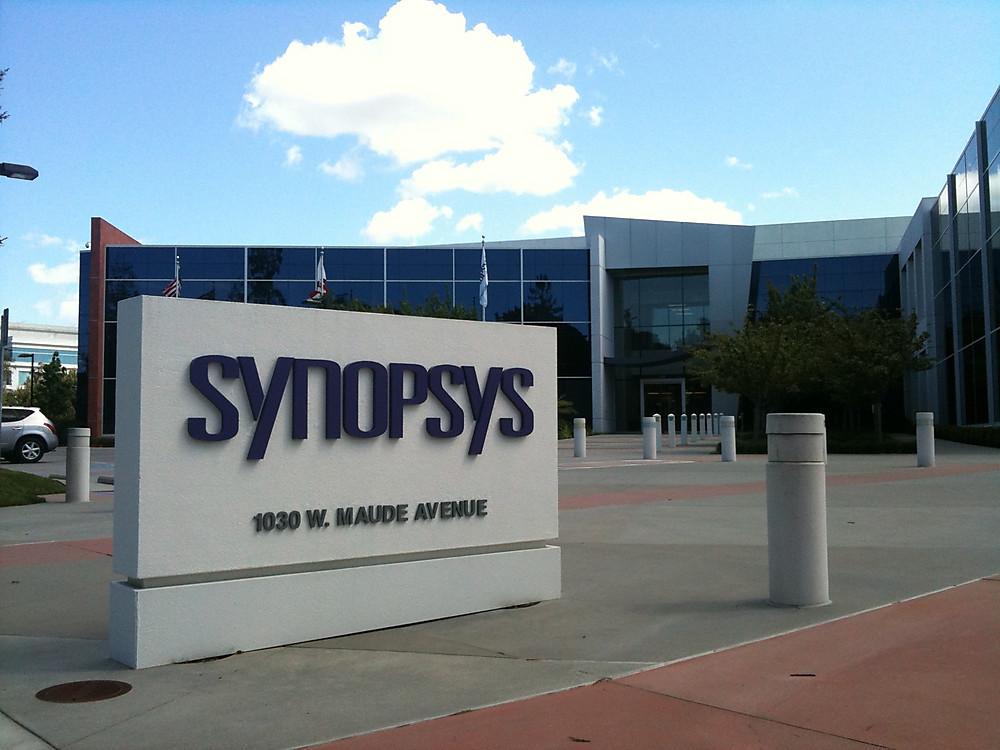Chip design has always followed a precise and complex process, starting with architecture and RTL design, followed by simulation, synthesis, and a detailed physical implementation. From logic verification to layout and manufacturing, this traditional flow is the backbone of the industry. It ensures that modern integrated circuits meet stringent standards for performance, power, and area, forming the silent infrastructure of digital life.

Today, major players like Synopsys, Cadence, and Siemens EDA still control the full stack of design tools. Their software suites handle everything from RTL through to signoff, enabling design teams to optimize and verify chips at scale. Meanwhile, specialized tools from vendors like Keysight or Ansys address niche areas like RF simulation or PCB design. These commercial platforms dominate most of the global semiconductor output and are deeply embedded in enterprise environments.

Yet, open-source efforts like OpenROAD and OpenLane have emerged with serious potential. Backed by DARPA and academic labs, these flows automate the full RTL-to-GDSII journey, giving small teams or universities the ability to fabricate chips without relying on proprietary tools. While still maturing, they challenge the idea that advanced chip design must be gated behind expensive licenses and complex GUIs.

What’s really shaking the foundations is AI. Companies like Synopsys are now integrating learning-based optimizers into their compilers, letting algorithms drive floorplanning or PPA trade-offs. Cadence and Samsung are deploying similar techniques. Apple has started testing generative AI in its silicon design pipeline. This growing synergy between hardware and machine learning doesn’t just streamline workflows—it redefines who can design chips and how fast they can do it.

#ChipDesign #EDA #Semiconductors #Synopsys #Cadence #AIinHardware #OpenSourceSilicon #TechInnovation #MachineLearning
